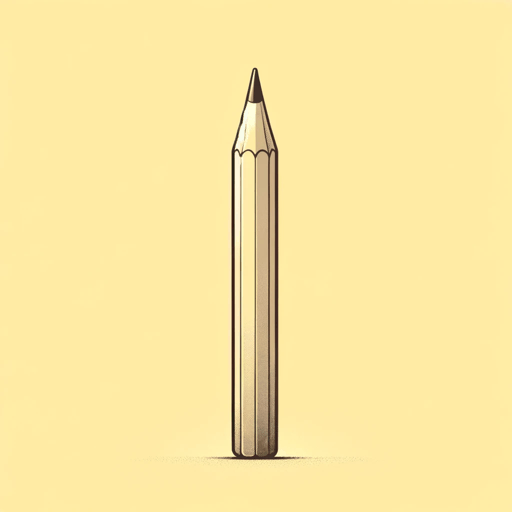90 pages • 3 hours read
Scott McCloudUnderstanding Comics: The Invisible Art
Nonfiction | Graphic Novel/Book | Adult | Published in 1993A modern alternative to SparkNotes and CliffsNotes, SuperSummary offers high-quality Study Guides with detailed chapter summaries and analysis of major themes, characters, and more. For select classroom titles, we also provide Teaching Guides with discussion and quiz questions to prompt student engagement.
Symbols & Motifs
Comics as Icons
In Chapter 2, Scott McCloud distinguishes between three icons: language notations (i.e., the dollar sign), symbolic images with set meanings (i.e., a peace symbol), and images meant to resemble something else (i.e., a face represents a person) (27). McCloud does not use the word “symbol” to refer to comic art—instead, he uses the word “icon.” He repeatedly stresses that, as icons, comic images have the power to convey specific meanings (like dollar signs and peace symbols stand in for different concepts). He attributes the iconic power of comic art to their simplicity. The more basic a drawing—the more cartoonish—the more universal it is and the greater its appeal.
In Chapter 5, McCloud discusses how comic art continues to add new iconic images to the shared public consciousness (i.e., jagged lines drawn near a character’s joints signify pain; 129). This is particularly significant in that most of these new icons represent invisible states or sensations.
The Artist’s Studio
While dealing with complex ideas, McCloud’s book is framed as informal. McCloud portrays himself sitting at the drawing board in his artist’s studio in the introduction (Introduction) and final comic (215). Despite being the ideal place for an artist to be creative, the studio is decidedly casual.


